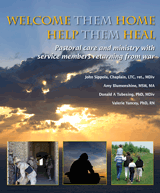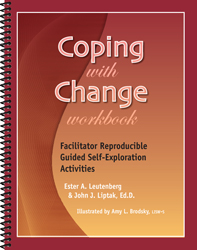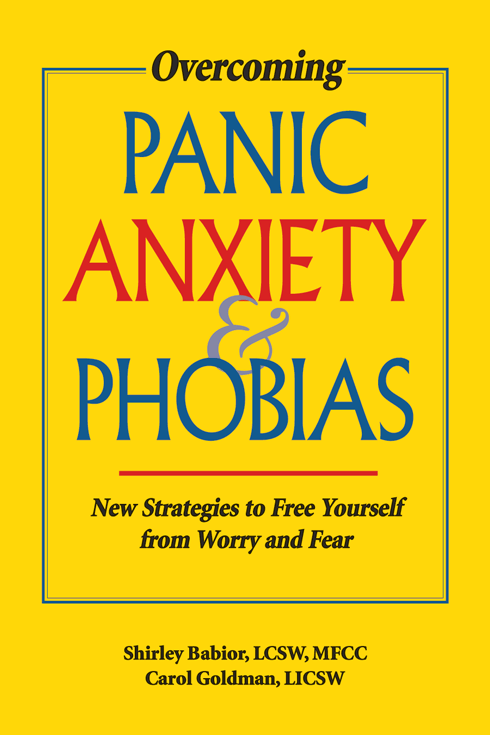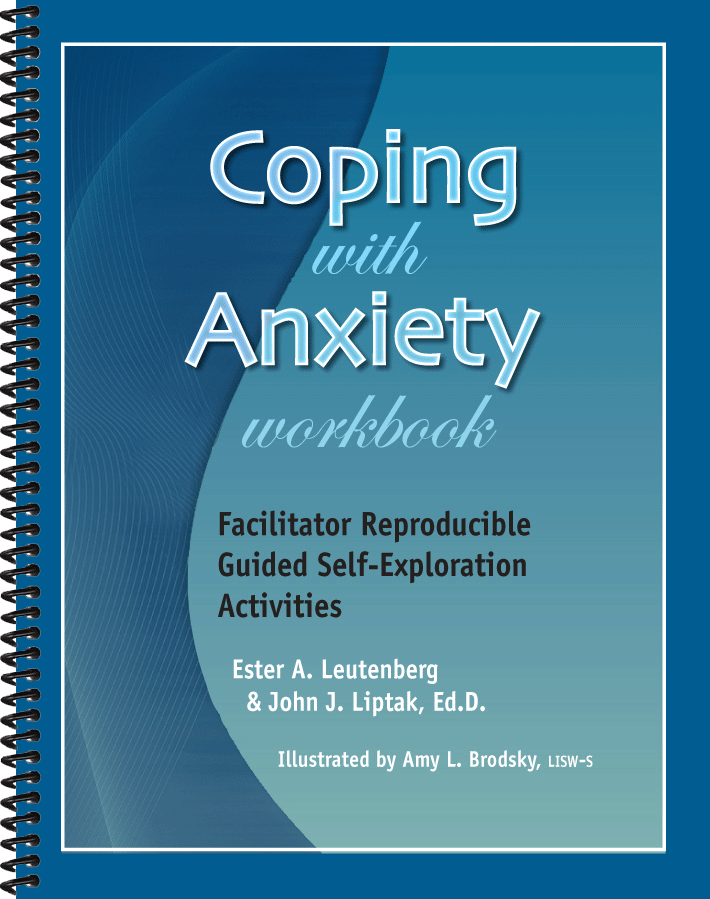 10. The most important thing to do in the first thirty seconds you’re center stage (even if you’re sitting at the conference table) is make the audience like you. Do this by using a conversational tone instead of a droning academic “I know more than you do” tone, making good eye contact, connecting with specific people in the audience, and giving the audience time to respond appropriately to your jokes and stories.
10. The most important thing to do in the first thirty seconds you’re center stage (even if you’re sitting at the conference table) is make the audience like you. Do this by using a conversational tone instead of a droning academic “I know more than you do” tone, making good eye contact, connecting with specific people in the audience, and giving the audience time to respond appropriately to your jokes and stories.
9. Use stories from your own personal experience. The more your presentation is based on your own life, the more the audience will sense truth and human emotion. These are very important elements in getting an audience to accept what you have to say, especially if it is something includes bad news of some kind.
8. Plan for things to go wrong. Stand-up comics write “savers,” funny comebacks for the things that might go wrong while they’re on stage. For example, the microphone stops working, cell phones go off, instead of thirty minutes there are now only seventeen for your presentation, half the audience has just rushed out of the room with food poisoning, etc. Being able to respond to problems with a sense of humor shows the audience you work well under pressure and don’t let a few setbacks stop you. And, if you are able to deliver your savers as if you just thought them up off-the-cuff, the audience will be impressed by your quick wit and intellect!
7. Apply some of the rules of comedy to your presentation. Comics all know the rules for making things funnier. These rules also apply in many cases to presentations of all kinds.
- Rule #1: Your material should be universal; everyone in the room should be able to understand the material, the context, and the emotions behind both. If you are speaking to a room full of accountants and all you keep using references to quantum physics, you’re violating the rule of universality.
- Rule #2: Be as specific and visual as possible. The better you can create a picture, the more engaged the audience will be in your presentation. It’s not an office, it’s a 7-foot x 7-foot cubicle wedged between the women’s bathroom and the elevator.
- Rule #3: When dealing with topics that are still painful to the audience (recent tragic events, lay-offs at work, new management, budget cuts, etc.), use exaggeration in your examples to keep things in perspective. Here’s an example: “Things have been really stressful at work, what with the new CEO, the changes in our job description, and the dress code that requires everyone to wear prison uniforms on Wednesdays.”
- Rule #4: KISS (Keep it simple, stupid.) Make your presentation only as long as it needs to be. Avoid complex ideas that require more thought than the audience will have time for; those are better discussed in breakout sessions or meetings. There’s almost nothing worse than an hour-long speech with only ten minutes of “stuff” in it.
- Rule #5: It happened today (or at the latest, yesterday.) Use present tense verbs to give your presentation a feeling of being topical and urgent.
6. Remember, what you say is only half the game; your emotion is the other half. A speaker can have the most interesting material in the world, but if there is no passion behind it, no personal interest in what is being said, someone will probably fall asleep and it might be the speaker. Some ways stand-up comics show passion in their material include:
- Using lots of facial expressions and gestures.
- Modulating their voice. Vocal variation is very important to keeping an audience’s interest.
- Getting rid of the lectern and standing where people can see them.
5. Structure your presentation like a stand-up set. Open strong and close even stronger. In between, vary your material so that your stronger and weaker points alternate. This is also a good way to structure a presentation that includes many points that may be received negatively by the listeners – intersperse them with whatever good news you can find so that the audience has a chance to catch their breath.
4. Engage the audience in participatory activities. It’s easier to keep an audience with you if they feel involved, rather than spoken at. Try to keep participatory activities simple, especially if your presentation is in the late afternoon or evening. Hand raising is good (“How many of you have ever experienced any stress? Okay, how many of you are clinically dead?”)
3. Be aware of what speakers before you have discussed. This allows you to avoid duplicating material, but more importantly it gives you an opportunity to show you were listening to them too. This simple tactic increases the audience’s affection for you right away. You too have been “the audience.” And you will get brownie points for being able to show how your topic builds on those of the speakers before you.
2. When you think audiovisuals include props in your thinking. One way to set yourself apart from other speakers is to broaden your use of visual aids beyond PowerPoint to include any objects large enough to be seen by the audience. Hats can be used to distinguish between different jobs or tasks or sides in a debate. A skeleton is a good way to demonstrate a bare bones budget. Have fun with choosing your props and your audience will have fun listening and watching you.
1. Honor your fear. Comedians feel fear too. But they know how to use that fear to fuel the energy behind their set. So next time your knees knock and your palms sweat, think how funny it’ll be to the audience. And think how much more they’ll like you because you’re a real human being too!
Copyright Leigh Anne Jasheway, 2008

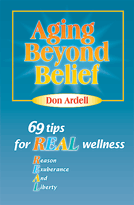



 –
–